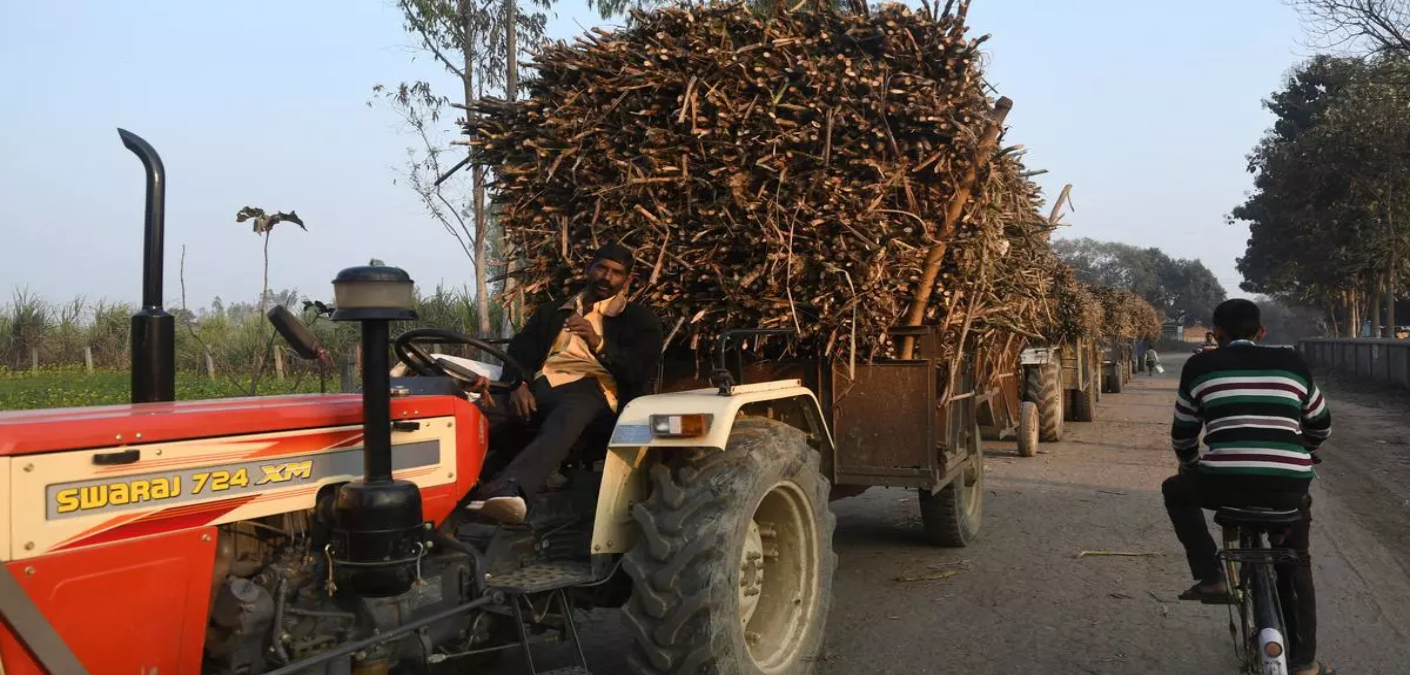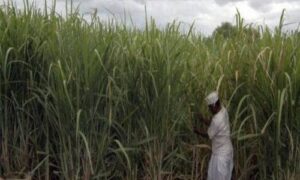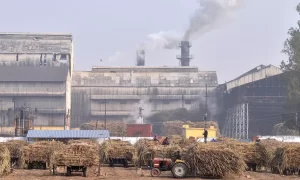Bitter facts on ethanol blending

Prime Minister, Narendra Modi, in his Independence Day speech said: “…In the renewable energy sector, we have surpassed our set target. The target which we had set for renewable energy by 2030 was completed in 2021-22. We had talked about 20 per cent blending in ethanol, that as well we have completed five years ahead of time…”
It was in January 2003 that India launched Ethanol Blended Petrol (EBP) programme to promote the use of alternative and environment friendly fuels and to reduce import dependency for energy requirements. Subsequently, in 2018 it became part of the National Policy on Biofuels.
Given how long the programme has been in existence, one would have expected the teething problems to have been solved by now. But, even today challenges remain on pricing.
The Centre has been implementing EBP wherein oil marketing companies (OMCs) sell petrol blended with 10 per cent ethanol.
The target of 10 per cent ethanol blending set in the ‘Roadmap for Ethanol Blending in India 2020-25’ for ESY 2021-22 has already been achieved and public sector OMCs have started selling E20 (20 per cent ethanol blended) petrol across the country.
Further, the National Policy on Biofuels 2018 targets 20 per cent blending of ethanol in petrol by Ethanol Supply Year (ESY) 2025-26.
Petroleum & Natural Gas Minister Hardeep Singh Puri, said: “India achieved 10 per cent ethanol blending 5 months in advance in June 2022 and also advanced availability of E20 blend by five years to 2025. 20 per cent ethanol blended fuel is already available at more than 1,600 retail outlets. Compare this with mere 1.4 per cent blending we managed before 2014.”
For the first time during ESY 2018-19, apart from C heavy molasses, the following raw materials were allowed for ethanol production — B heavy molasses, sugarcane juice, sugar, sugar syrup, damaged foodgrains like wheat and rice unfit for human consumption.
Also, different ex-mill price of ethanol, based on raw material used for ethanol production, was fixed by the government in case of sugarcane juice/sugar/sugar syrup, B heavy molasses and C heavy molasses.
So the programme is now no longer reliant on a single feedstock or crop. Earlier, it was molasses and cane and then it was extended to rice, maize and other grains.
But the government stopped releasing subsidised rice for the production of ethanol after it banned the export of non-basmati white rice.
According to OMCs, “Grain based ethanol plants used damaged foodgrains, maize, surplus rice from Food Corporation of India etc. There has been the curtailment from FCI to ethanol plants. However, other grains can also be used and therefore this will not have major impact on supply.”
Pressure on sugar mills
But this also meant more pressure on sugar millers, who maintain that supply is not an issue. The issue is pricing.
The Indian Sugar Mills Association (ISMA), a body of private sugar industry, has urged the government to hike ethanol price to ₹69.85 per litre to help achieve the 20 per cent blending target. It said, the sugar industry needs to invest ₹17,500 crore to double ethanol supply to meet the demand for EBP.
According to OMCs, which are the list mile connect for the programme, “The decision of price is related to sugarcane-based feedstock rests with the government. It appears that ISMA is asking this price for next ESY.”
ISMA in a letter to the Department of Food and Public Distribution, appealed to the government to increase the ethanol price to ₹69.85 per litre. The current price of juice-based ethanol is ₹65.61 per litre.
According to ISMA, to achieve 20 per cent blending by 2025, about 1,200 crore litres of ethanol are required, the sugar industry has currently contracted 400 crore litres in 2022-23 and for the additional 800 crore litres, ISMA says an investment of ₹17,500 crore to increase capacity.
Without proper return, the industry and banks will not be able to make these additional investments, it argued.
It further pointed out that “It is also worth mentioning that the supply of juice has been less and below the government’s expectations in the current year due to viability of the current price.”
ISMA requested that the current system of TPA (Tripartite-cum-Escrow Agreement) should be signed with all the suppliers, certain amendments in the tender terms issued by oil marketing companies, continuation of interest subvention scheme and revision of ethanol price keeping in mind the increase in Fair and Remunerative Price, other cost of production and the sugar prices.
“Based on our assessment, the price of ethanol produced from sugarcane juice/syrup should be ₹69.85 per litre considering the FRP of ₹305 per quintal. With increase in FRP of sugarcane for 2023-24 sugar season, revised to ₹315 per litre, a further enhancement of the price of ethanol is required,” ISMA said.
Fair demands
ISMA’s demands seem to reasonable. After all everyone needs return on investments. For example, in certain States where sugarcane prices are high, anything lower than the proposed price will make it unviable for the industry.
It is an evolving market and there is a need to make it competitive. The raw material cost should be in sync with the changing economic conditions. The need of the hour is to have a transparent formula for pricing which could keep changing depending on the market conditions as is the case of fuel retail pricing or gas pricing.
The industry needs assurance on pricing and the best way out is to have a transparent formula. Then comes the question of monitoring. Will it be Petroleum Ministry, the Food Ministry or the Transport Ministry or will it be Heavy Industry or Renewable?
While issue needs to be resolved, transparent pricing definitely helps.















